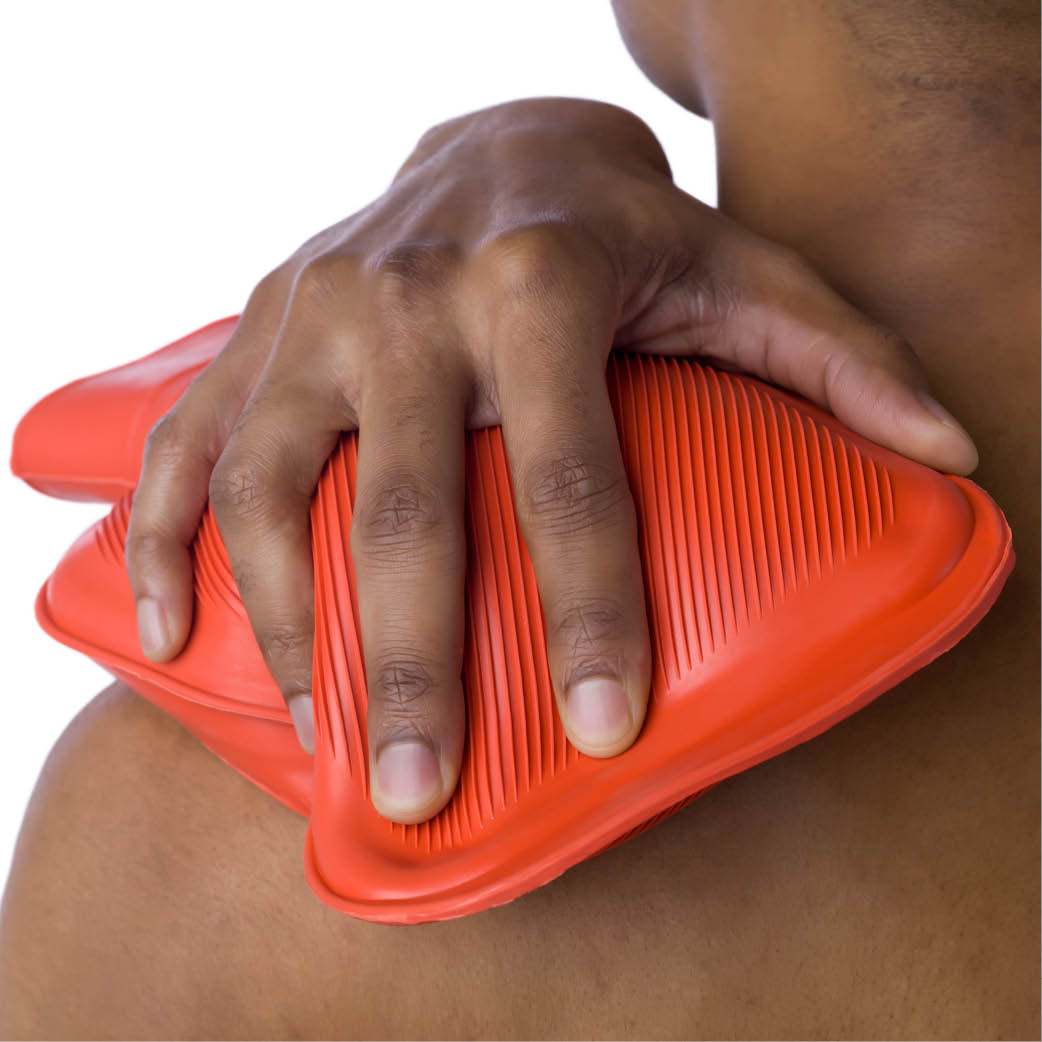
What pain relief is right for you?
Pain has been a huge topic for discussion for a long time now. Nearly everyone feels it (I say ‘nearly’ because there is actually a very small minority of people with a special condition that does not allow them to feel pain), and it varies in character and severity depending on what part of the body is implicated. And for the most part, none of us like being in pain. When we feel pain, normally the first thing we do is to look for a way out of it (of course a small minority just ignore it – tut tut!). It’s a bit of a minefield knowing where to go for good pain relief. Some of us like a quick fix, others are more interested in fixing the problem long term by putting the hours in.
When it comes to the body, we usually feel pain because our body is sending us a signal letting us know something is not quite right. That might be down to a simple muscle imbalance or joint restriction, which is leading us to walk or run differently. Or it might be down to something more serious like a tear of a muscle or tendon, or a problem with an organ deep inside the body – the list of causes is long and complex.
Now once we have pain, we want to know how to get rid of it. A lot of us turn to the experts (i.e. manual therapists such as your local chiro and other professionals like doctors), and some of us like to self-diagnose using DrInternet.com (do this at your peril!).
So, what is out there to help us relieve our pain? Some of the most common and well-known forms of pain relief include manual therapy, use of temperature, and numerous medications – you’ll find a brief overview of each below:
Manual therapy
Us humans have been using our hands to treat the body for a very, very, very long time! If you walk into a clinic in pain, be it you have a swollen ankle or the inability to lift your arm above your head, your therapist will get to work on you using a whole host of techniques (after they have carefully and correctly diagnosed you of course!). Soft tissue massage and release techniques are widely used in the management of musculoskeletal pain, and evidence suggests you aren’t wasting your time by getting the help of your local therapist. Your therapist may also utilise other techniques, including joint mobilisation and manipulation, to correct your problem and to help get your pain lowered and under control. Usually you will also be given some form of flexibility or strengthening exercise to perform between treatment sessions to back up what happens in the treatment room.
Heat and cold therapy
If you’ve hurt yourself in the past, there is a good chance you’ve tried some form of treatment relating to temperature to help relieve the pain. It’s difficult to know whether it’s best to use heat or cold therapy, but the following principles are pretty safe to follow. Cold therapy can help to reduce pain, blood flow, swelling, muscle spasm, and inflammation. Heat therapy can help to relieve pain, increase blood flow, and tissue elasticity. Although more evidence is needed to support the use of these therapies in certain scenarios, it may help, so it’s worth getting the advice from your local chiro for the best route ahead.
Medication
There are countless different medications out there that can help with pain relief – these are called analgesics. Without getting too complicated, they can generally be split into Non-opioid and Opioid analgesics. Non-opioid analgesics include your well known and easily accessible medications such as aspirin, paracetamol, and anti-inflammatories (such as Ibuprofen) – these are generally good for the control of musculoskeletal pain. Opioid analgesics are there for cases of more severe pain, and include codeine, tramadol and morphine (you won’t be able to get these ones over-the-counter though!). Remember it’s always safest to consult a medical professional before using any form of medication.
We hope this has been a helpful overview to read. If you are injured or in pain, we advise you to book a consultation with us so we can talk through your problem, assess you thoroughly, and then advise the best course of action for you. Our aim is to help get you out of pain and moving better again! Say ‘au revoir’ to pain! 🙂
